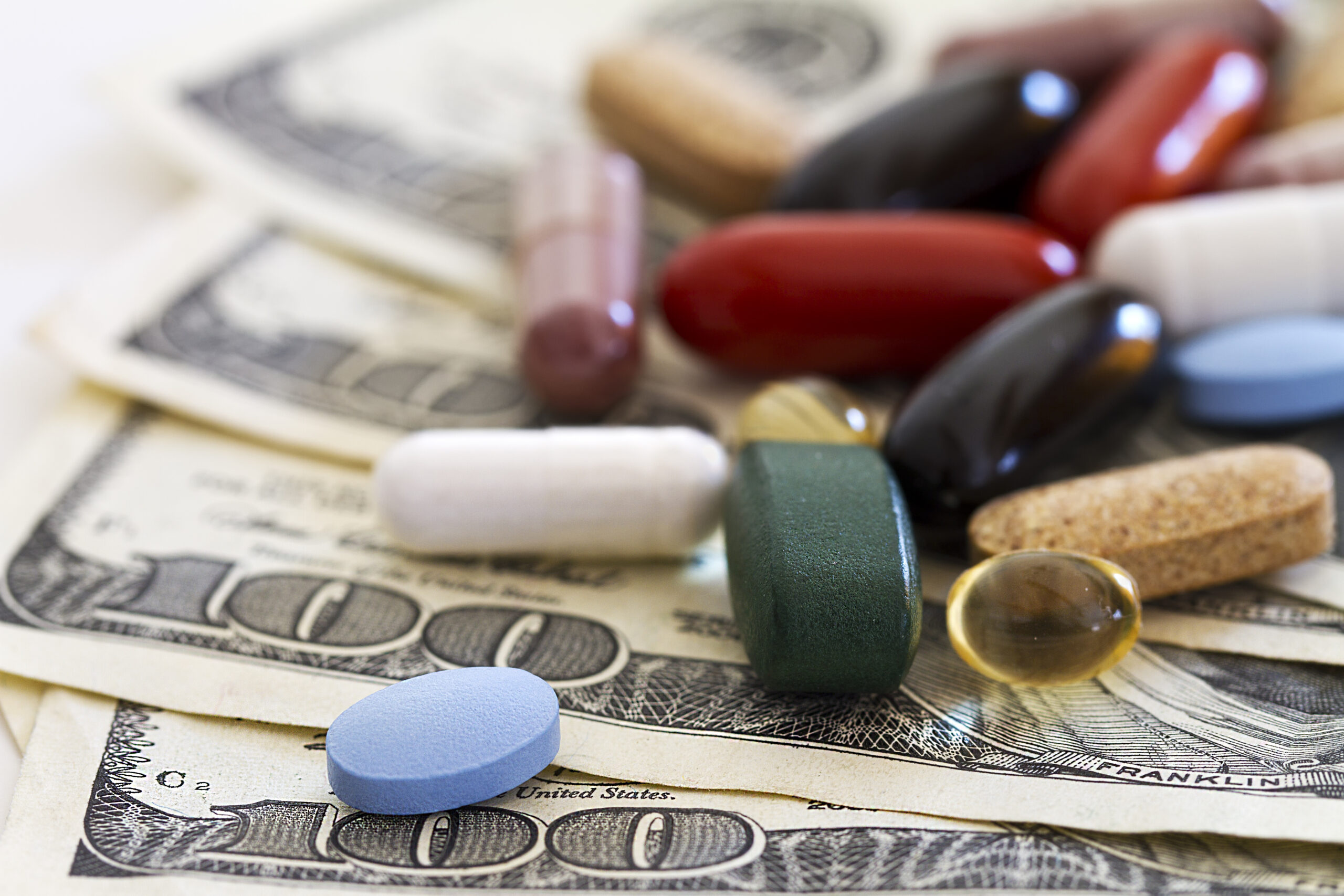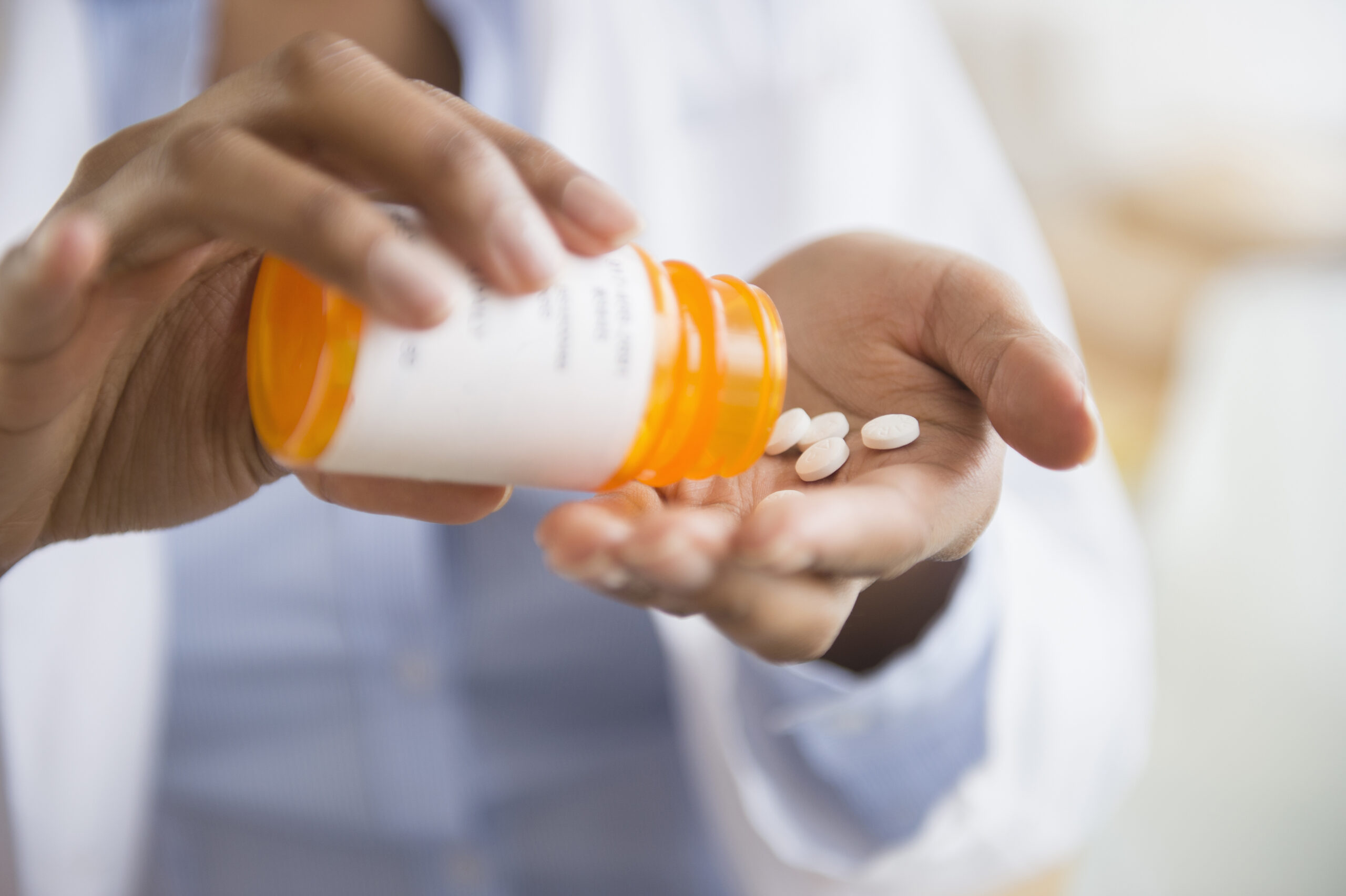Commentary: Prescription drug cost limits will not impede industry’s investments for new treatments

By Jane Horvath
The writer is a health policy consultant based in College Park.
A recent op-ed in Maryland Matters highlighted a young woman’s struggle with a rare disease and her hopes for the development of drugs to treat it someday. While we salute her for sharing her story, it’s important to set the record straight.
The op-ed suggests that the Maryland Prescription Drug Affordability Board will somehow inhibit the development of drugs to treat rare diseases. But the fact is that drugs to treat rare diseases and the majority of drugs in the pipeline across the industry are designated as rare disease drugs, which is terrific for patients. Early designation as an orphan product — a drug to treat a disease afflicting small populations — opens up federal money for research and exempts products from federal licensing fees. The sky is the limit for pricing rare disease treatments. See https://healthcareforall.com/wp-content/uploads/2024/01/Horvath-Orphan-Rx-Business-Model.pdf for more information.
Our Maryland prescription drug board will address certain high-cost drugs already on the market. Those limits will be fair to both consumers and manufacturers. Nobody can seriously argue that these limits will drastically alter the drug industry’s investments in new treatments for rare diseases — drugs that are approved faster at less cost to the company than drugs that treat diseases that are not rare.
The reality is that big drug companies have for years battled against any effort to rein in soaring drug costs and always make the same threat: any reduction in costs will lead to reduced spending on research and development. It’s a scare tactic that is not backed up by facts.
Besides the lucrative nature of the rare disease market, we know companies spend money on many things that are not R&D. A recent report by Public Citizen, the nonprofit research and advocacy organization, found that the manufacturers of the 10 costliest drugs in Maryland spent $19 billion more on advertising, stock buybacks, dividends, and executive compensation than on research and development expenses in 2022.
This is not a new pattern. A 2021 congressional investigation determined that, between 2016 and 2020, 14 big drug companies spent $55 billion more on stock buybacks and dividends than on research and development.
In other words, drug companies place a priority on profits rather than maximizing drug research and development. Nothing the Maryland Prescription Drug Affordability Board will do will change that.
New drugs will continue to be developed to treat rare diseases. But we must also continue to look for ways to bring down costs, so everyone can afford the drugs they need. The work of the state’s drug affordability board is critical in that effort.


 Creative Commons Attribution
Creative Commons Attribution